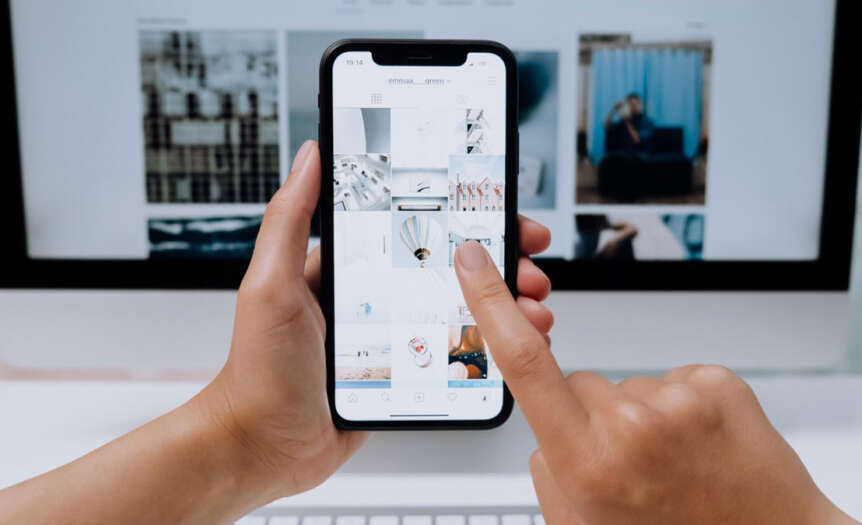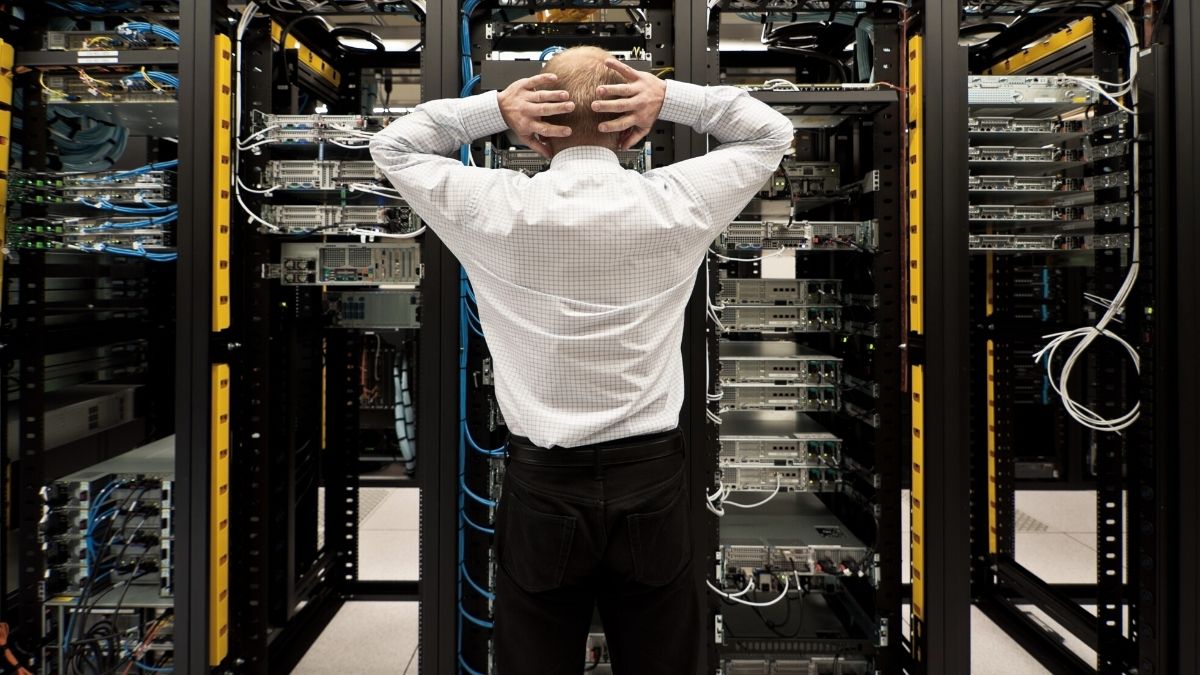Exposure to blue light during screen use — looking at computers, phones, tablets and video consoles — may have potential short- and long-term health implications, including damage to retina cells, disrupted sleep cycles and digital eye strain. Here are tips from Dr. Scott Edmonds, chief eye care officer for UnitedHealthcare, for healthy eye care.
Use the 20-20-20 Rule
The 20-20-20 rule recommends that after 20 minutes of computer work, people take 20 seconds to look at something that’s approximately 20 feet away. Other strategies include keeping devices at least 30 inches from the eyes and switching to a task for which the eyes don’t have to focus on something up close, such as going outside for a walk.
Blue-Light Blocking Technology
Smartphones now include a “night mode” feature, which adjusts the screen’s setting to help filter out blue light. Likewise, specialized screen protectors can feature blue light–filtering properties while also helping prevent cracks or scratches. To help block blue light at the source, some computer manufacturers are embedding blue light–filtering technology into the screens.
Get a Comprehensive Eye Exam
It’s a good idea to get an eye exam every year. Plus, a comprehensive eye exam may uncover other health conditions not usually associated with the eyes, including diabetes and some types of cancer. For children, remember that a school’s vision check is not a substitute for a comprehensive eye exam, as screenings usually focus on measuring acuity levels and might miss conditions such as poor eye alignment, focusing problems and farsightedness.













 Deering Estate
Deering Estate
 Massage Envy South Miami
Massage Envy South Miami
 Calla Blow Dry
Calla Blow Dry
 My Derma Clinic
My Derma Clinic
 Sushi Maki
Sushi Maki
 Sports Grill
Sports Grill
 The Healthy Kitchen
The Healthy Kitchen
 Golden Rule Seafood
Golden Rule Seafood
 Malanga Cuban Café
Malanga Cuban Café

 Kathleen Ballard
Kathleen Ballard
 Panter, Panter & Sampedro
Panter, Panter & Sampedro
 Vintage Liquors
Vintage Liquors
 The Dog from Ipanema
The Dog from Ipanema
 Rubinstein Family Chiropractic
Rubinstein Family Chiropractic
 Your Pet’s Best
Your Pet’s Best
 Indigo Republic
Indigo Republic




 ATR Luxury Homes
ATR Luxury Homes


 2112 Design Studio
2112 Design Studio
 Hamilton Fox & Company
Hamilton Fox & Company
 Creative Design Services
Creative Design Services
 Best Pest Professionals
Best Pest Professionals
 HD Tree Services
HD Tree Services
 Trinity Air Conditioning Company
Trinity Air Conditioning Company
 Cisca Construction & Development
Cisca Construction & Development
 Mosquito Joe
Mosquito Joe
 Cutler Bay Solar Solutions
Cutler Bay Solar Solutions


 Miami Royal Ballet & Dance
Miami Royal Ballet & Dance
 Christopher Columbus
Christopher Columbus
 Pineview Preschools
Pineview Preschools
 Westminster
Westminster
 Carrollton
Carrollton
 Lil’ Jungle
Lil’ Jungle
 Frost Science Museum
Frost Science Museum
 Palmer Trinity School
Palmer Trinity School
 South Florida Music
South Florida Music
 Pinecrest Orthodontics
Pinecrest Orthodontics
 Dr. Bob Pediatric Dentist
Dr. Bob Pediatric Dentist
 d.pediatrics
d.pediatrics
 South Miami Women’s Health
South Miami Women’s Health

 The Spot Barbershop
The Spot Barbershop
 My Derma Clinic
My Derma Clinic




 Miami Dance Project
Miami Dance Project

 Rubinstein Family Chiropractic
Rubinstein Family Chiropractic
 Indigo Republic
Indigo Republic

 Safes Universe
Safes Universe
 Vintage Liquors
Vintage Liquors
 Evenings Delight
Evenings Delight





 Atchana’s Homegrown Thai
Atchana’s Homegrown Thai
 Baptist Health South Florida
Baptist Health South Florida

 Laser Eye Center of Miami
Laser Eye Center of Miami
 Visiting Angels
Visiting Angels
 OpusCare of South Florida
OpusCare of South Florida

 Your Pet’s Best
Your Pet’s Best





 HD Tree Services
HD Tree Services
 Hamilton Fox & Company
Hamilton Fox & Company


 Creative Design Services
Creative Design Services